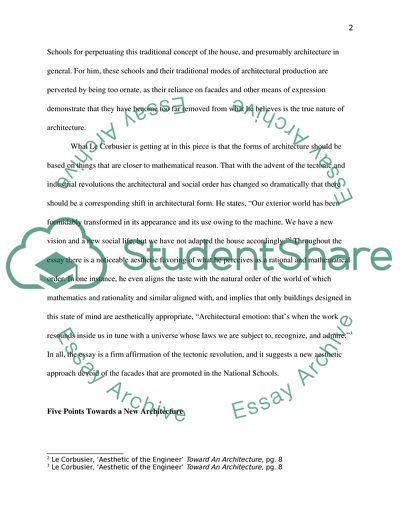Cite this document
(Tectonic Revolution Coursework Example | Topics and Well Written Essays - 2000 words, n.d.)
Tectonic Revolution Coursework Example | Topics and Well Written Essays - 2000 words. https://studentshare.org/architecture/1737463-architecture-history
Tectonic Revolution Coursework Example | Topics and Well Written Essays - 2000 words. https://studentshare.org/architecture/1737463-architecture-history
(Tectonic Revolution Coursework Example | Topics and Well Written Essays - 2000 Words)
Tectonic Revolution Coursework Example | Topics and Well Written Essays - 2000 Words. https://studentshare.org/architecture/1737463-architecture-history.
Tectonic Revolution Coursework Example | Topics and Well Written Essays - 2000 Words. https://studentshare.org/architecture/1737463-architecture-history.
“Tectonic Revolution Coursework Example | Topics and Well Written Essays - 2000 Words”. https://studentshare.org/architecture/1737463-architecture-history.


